|
In AD 330, Constantine was planning initiative as significant as his adoption of Christianity. The city is ready by AD 330 for a ceremony of inauguration. Byzantium acquires two new names - New Rome and Constantinople, the city of Constantine.
Constantinople was the new Rome, capital of the Roman empire. The Greeks of this city will long continue to describe themselves as Romans. For several centuries Constantinople represented both the end of the Roman empire and the beginning of the Byzantine empire.
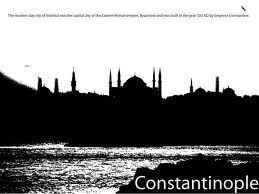
Upon the death of Theodosius in 395 AD the empire was partitioned into East and West, and Constantinople became capital of the Eastern Roman Empire, subsequently known as the Byzantine Empire. The first Byzantine emperor was Arcadius (395-408).
The short reign of Arcadius was followed by the long one of Theodosius II (408-450), who in 439 constructed new additions to the three sets of walls, closing up all weak points in the land and sea walls.
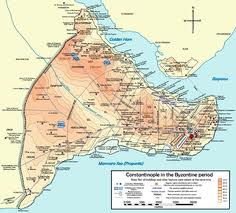
Konstantinoupolis is the largest city of the middle ages. A city with thousands churches, palaces and monasteries. The orphanages, hospitals and public baths are evidence of the interest for the feeblest members of society. Most houses had tanks with water and all gave big importance in the hygiene.
The main road of the city had orientation from the East to the West and there was the market or "Foros", in the centre of which was placed a pillar from porphyry, in the top of which was placed an oversized statue of the emperor Meghas Konstantinos.
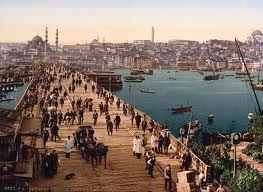
Constantinople was the most over-populated city of the medieval world. The City was divided in 14 districts. It had more than 500 large churches. The most famous were Saint Sofia, the church of Apostles, (Saint Mark of Venice is an exact copy of that church), Aghia Irene, Saints Petros and Mark, Saints Serghios and Vakhos, Pantokrator, Virgin Mary of Moyhliotissa in Phanar and many others.
s
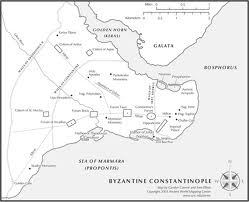 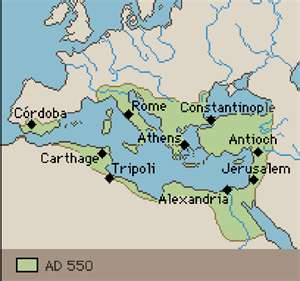
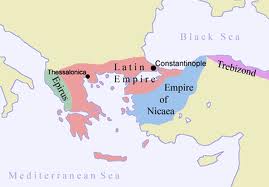
The conquerors however did not respect the byzantine heritage. They stole everything precious and converted most of the churches to mosques, others were used as stables or barracks and the rest were totally demolished. Byzantine Constantinople never recovered from the destruction and plunder of the Fourth Cn.isaders, who occupied the city and established a Latin Empire there.
The Byzantine Empire regained control of Constantinople in 1261, but even an ambitious building programme could not restore the city to its former splendour and prosperity. The population, which had once been 500,000, steadily declined to 50,000. Production levels diminished and famine broke out.
|

![]()





